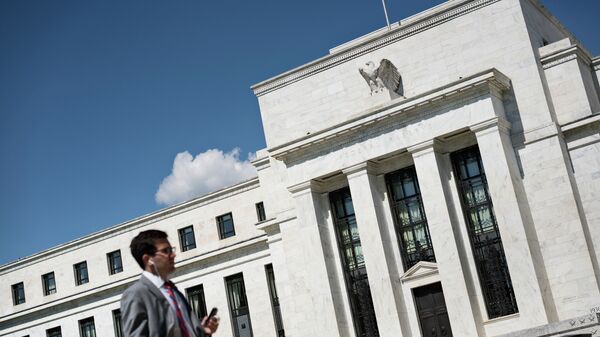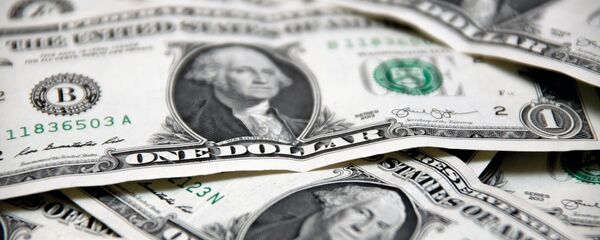Kristian Rouz – US consumer spending hit a 6-year high last month as a solid labor market and rising wages support consumer sentiment and the demand for goods. Meanwhile, the savings rate dropped to a 12-year low as accelerating inflation and the still accommodative credit interest rates promote a spending-focused approach to personal finance amongst most consumers.
READ MORE: British Manufacturers Call for UK to Stay in EU Customs Union
Rising disposable incomes spurred a shopping spree during the Christmas holiday season in December, driving the ongoing expansion in the services sector, which accounts for over 70 percent of the US GDP.
"It is true that the gains in consumer confidence as well as in the stock market and housing wealth are making Americans feel much better today than they were previously," Eugenio Aleman of Wells Fargo Securities in Charlotte, N.C. said.
According to a report from the Commerce Department, purchases rose 0.4 percent after a previous gain of 0.8 percent. Personal incomes also posted a commensurate uptick of 0.4 percent as worker compensation posted its largest gain in three months.
"That said, the US consumer will need to see continuous growth in income over the year in order to be able to continue to keep up the current pace of consumption," Aleman said.
The Commerce Department’s report comes after a separate report last week saying Q4 consumption gained momentum, pointing to a stronger growth early this year. The Federal Reserve’s base interest rates are still low, at 1.25-1.5 percent.
Economists say if broader inflation keeps its momentum exceeding the Fed’s target of 2 percent, the US economy might see borrowing costs increase to 4 percent in the near-term.
As of now, however, affordable credit is driving credit card spending, along with the still-solid demand for auto loans and other credit products.
"Looking ahead, we believe the Tax Cuts and Jobs Act will support stronger income growth in the first half of the year. This should help support the savings rate and continue to drive consumer outlays in 2018," Greg Daco of Oxford Economics wrote in a note.
US savings rate, however, dropped to its lowest since 2005 to 2.4 percent, albeit overall incomes rose 3.1 percent over the past year. Inflation dropped to 1.7 percent from 1.8 percent, core inflation was flat at 1.5 percent in December. Inflation-adjusted earnings rose only 1.2 for the year – their lowest since 2010, but the accelerating inflation points to the increasing economic activity.
Numbers are mixed, and the Federal Reserve is cautiously poised to move its base interest rates. President Trump’s economic reforms are expected to push inflation above 2 percent soon, as rising fuel costs render delivery prices higher, meaning overall consumer goods are poised to become dearer.
Rising petrol prices and the cold winter also pushed fuel spending up.
Market participants say the Fed will raise its rates only three times this year – a downgrade from the previously expected four hikes due to the disappointing Q4 GDP growth report last week. Fed officials are having a policy meeting this week, Tuesday and Wednesday.
READ MORE: UK Gov't Reassures Private Sector Over Brexit Concerns, Stresses Solid Growth
The meeting will also mark the beginning of a new era, with President Trump’s appointee Jerome Powell taking the lead at the US central bank, succeeding Democrat Janet Yellen.



